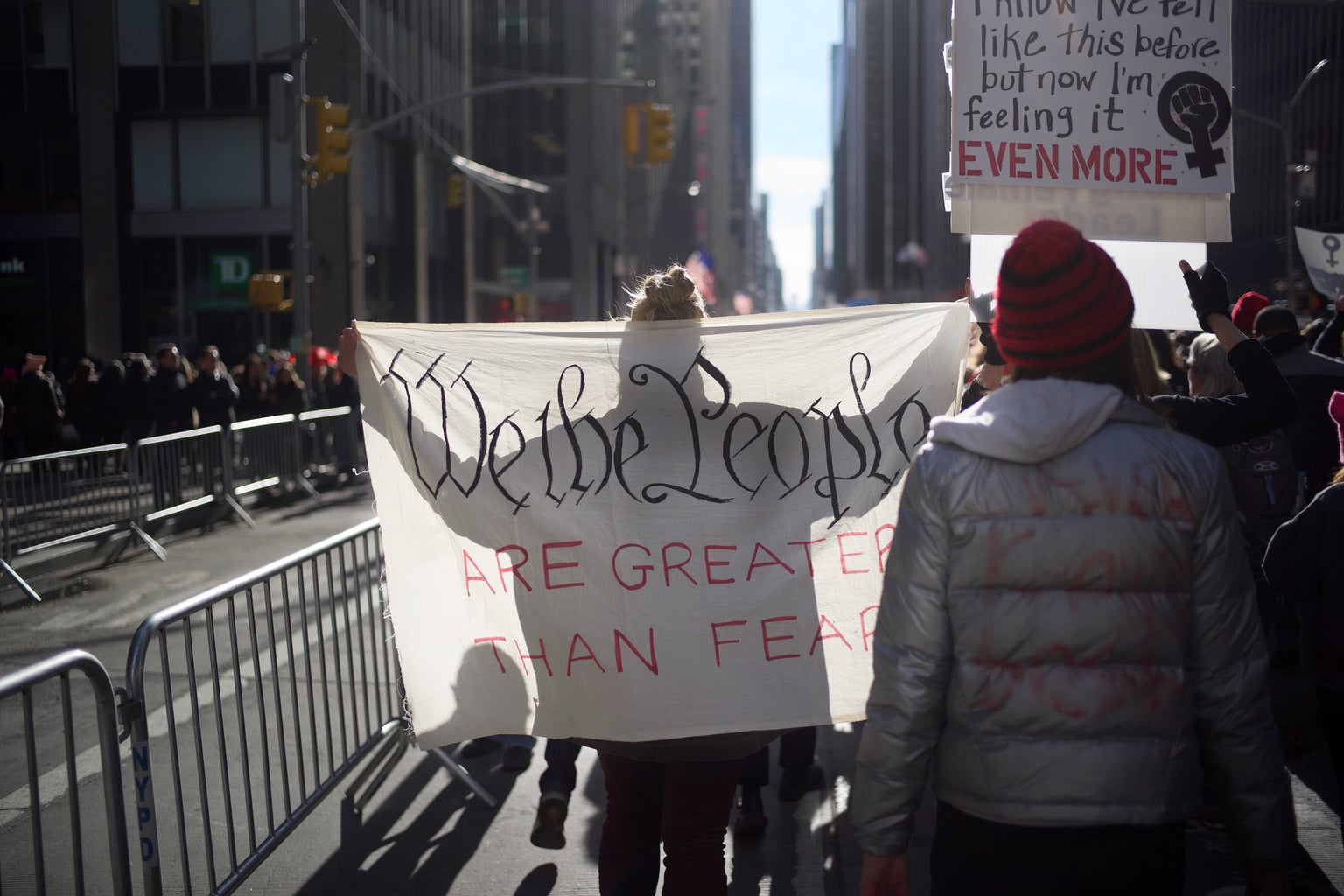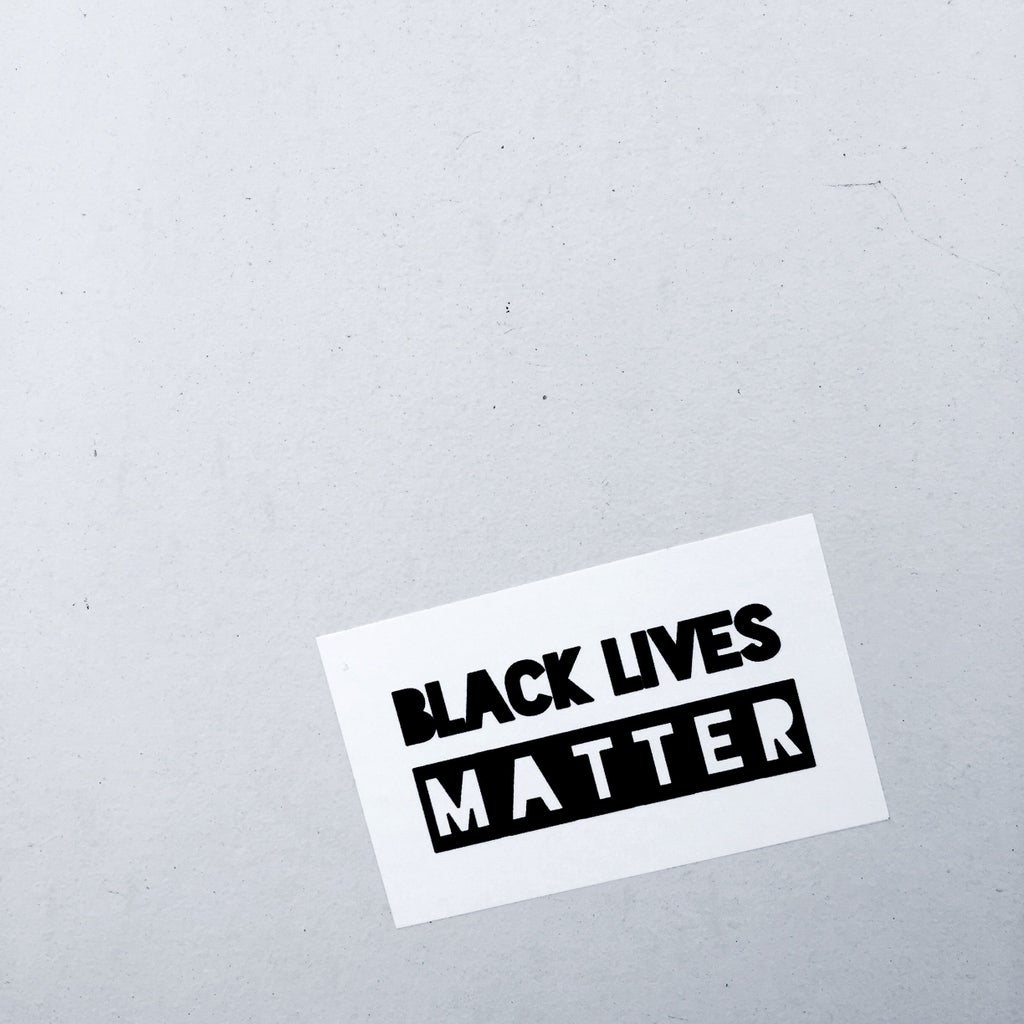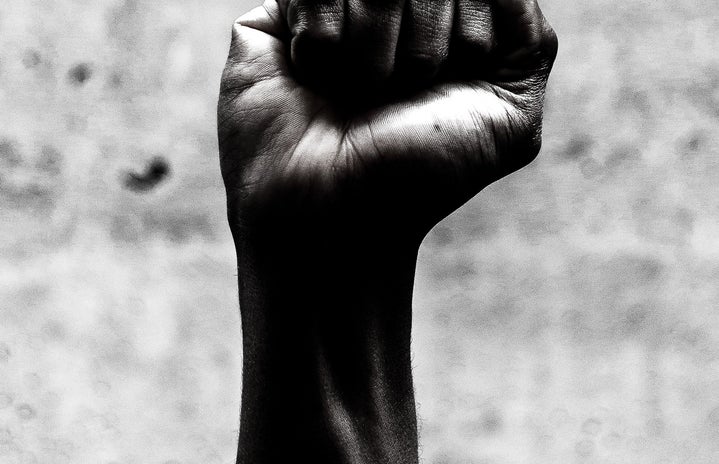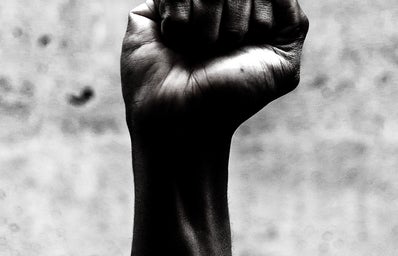In light of the recent news circulating about the horrific murder of George Floyd at the hands of the police in Minneapolis, along with widespread protesting, it is necessary that we start a conversation about the history and policies in the United States that have enabled mass incarceration and police brutality against African Americans. Most of the information in this article is from the book The New Jim Crow: Mass Incarceration in the Age of Colorblindness, by Michelle Alexander, which I highly recommend if you want to learn more about how our justice system became corrupt and full of racial bias.
While many of you probably learned about the progress of the Civil Rights Movement of the 1960s in high school, I’m guessing that you didn’t learn much about the struggles that African Americans continued to face afterwards. As discussed by Ta-Nehisi Coates in his article for the Atlantic, after the 1960s, African Americans struggled with redlining, where the Federal Housing Administration labeled black people as ineligible for housing loans. Without house ownership, Black Americans struggled to accumulate wealth at the rate of white people and were systemically confined to low-income neighborhoods where their children attended underfunded schools. As a result of this early ghettoization during the 1970s, most African Americans did not attend college, and usually worked in manufacturing jobs. When the 1980s brought new technologies to factories, industrialization caused these jobs to disappear, and extreme job loss occurred in inner-city communities among African Americans.

As black communities across the country were experiencing extreme job loss, the Reagan administration announced the War on Drugs. To gain support for the skyrocketing funding for federal law enforcement, intense media propaganda was developed. It focused on a drug that had recently become associated with black people in urban communities: crack cocaine. Mass incarceration became normalized, and the inflated budgets of law enforcement enabled immoral incentives for targeting the exact “type” of people they saw criminalized in the media: African Americans. According to Michelle Alexander (2010), “The War on Drugs, cloaked in race-neutral language, offered whites opposed to racial reform a unique opportunity to express their hostility toward blacks and black progress, without being exposed to the charge of racism” (p. 53). Yet it didn’t end with Reagan. Because of the media momentum surrounding the drug “epidemic,” the Bush Sr. and Clinton administrations continued to funnel funds into law enforcement, and Clinton passed laws which prevented “anyone convicted of a felony drug offense” from receiving governmental assistance through welfare or food stamps. He also intensified jail sentences and blocked people with certain criminal histories from public housing assistance. Because of these policies, “the number of people incarcerated in our nation’s prisons and jails soared from roughly 300,000 to more than 2 million” from 1980 to 2000 (Alexander 2010, p. 59). This wasn’t because crime rates were increasing. It was because incarceration rates were.
The Fourth Amendment supposedly protects Americans from “unreasonable searches and seizures.” Yet in the 1968 case Terry vs. Ohio, the Supreme Court ruled that police officers are able to search people they believe are committing a crime and “may be armed and presently dangerous.” Because of this decision, today people of color are frequently “stopped and frisked” for no reason other than a police officer’s suspicion. Even when there is no due cause for suspicion, police can conduct “consent searches,” where they ask to search a person in an intimidating way, when they will likely not say no. “Pretext stops” are another tactic, where police pull over people for minor traffic violations in order to search for illegal drug activity. These tactics targeted racial minorities. Studies in Maryland in the 1990s showed that “African Americans comprised only 17 percent of drivers along a stretch of I-95 outside of Baltimore, yet they were 70 percent of those who were stopped and searched” (Alexander 2010, p. 131). Similar studies in New Jersey, Florida, and Illinois yielded similar results. A study from 2001 in Oakland, California showed that African Americans were 3.3 times more likely to be searched at traffic stops than white people. These practices and racial biases were introduced into police trainings as a result of the War on Drugs, but continue today. The Drug Enforcement Administration “has offered free training, intelligence, and technical support to state highway patrol agencies that are willing to commit their officers to highway drug interdiction” (Alexander 2010, p. 72). Racial bias in police work has detrimental consequences. A study in the Proceedings of the National Academy of Sciences from 2019 found that black men have the highest risk of being killed by police in the U.S., at 2.5 times more likely than white men. These continuing practices are targeting African Americans and costing them their lives.
The policies that built up throughout the War on Drugs have enabled racial bias in law enforcement, and in the justice system. In inner-city low income areas, “tens of thousands of poor people go to jail every year without ever talking to a lawyer” (Alexander 2010, p. 83). The number of public defenders available in these areas are not enough to accurately represent the cases of each person, as thousands are arrested and funneled into jail. Even when defendants are innocent, they are encouraged to plead guilty in order to avoid a much longer sentence. Through plea bargaining, most cases don’t even go to trial.
Despite the fact that “studies suggest that white professionals may be the most likely of any group to have engaged in illegal drug activity in their lifetime,” (Alexander 2010, p. 192), they are the least likely to be in prison. According to the Bureau of Justice Statistics, in 2017, the black imprisonment rate was almost six times that of whites. On top of that, until 2010, the disparity between sentences for crack cocaine and powder cocaine was 100:1. According to an ACLU press release, “the majority of people arrested for crack offenses are African American.” Even though crack cocaine and powder cocaine are different forms of the same drug, the sentencing disparity caused white people to experience lighter sentences. After the Fair Sentencing Act of 2010, this ratio was changed to 18:1. While this was an improvement, it is still a large disparity that clearly targets racial minorities, and can ruin lives.

The subjects outlined in this article are only a few of the governmental policies and methods that have caused many African Americans to be treated as second-hand citizens. It would be impossible to fit every injustice faced by racial minorities at the hands of the law enforcement and so-called justice system in just one short article. And just to be clear: I am by no means an expert on these topics. However, it is important to help spread awareness about how deeply rooted these issues are in our society. In fact, I did not learn about a lot of these issues until recently, when I took a class called Ethnicity and American Communities (CRD 2) at UC Davis for General Education credit (which I highly recommend). By making efforts to understand the situations black folks face, you can educate people in your own community and become actively anti-racist. It is crucial that we better understand that our government and its laws have enabled racial bias. To end police brutality, mass incarceration, and black criminalization, we must demand a transformation to the system that has corrupted and withheld justice in the United States.



